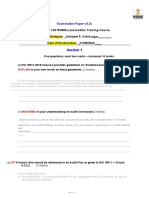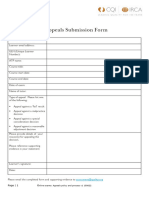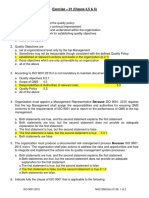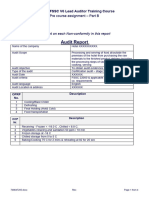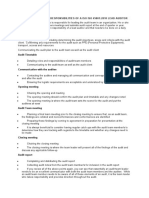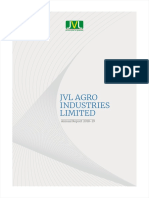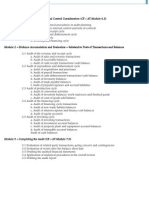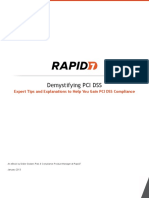0% found this document useful (0 votes)
536 views20 pagesISO 9001 Audit Challenges and Responses
Uploaded by
pandy pandiCopyright
© © All Rights Reserved
We take content rights seriously. If you suspect this is your content, claim it here.
Available Formats
Download as PDF, TXT or read online on Scribd
0% found this document useful (0 votes)
536 views20 pagesISO 9001 Audit Challenges and Responses
Uploaded by
pandy pandiCopyright
© © All Rights Reserved
We take content rights seriously. If you suspect this is your content, claim it here.
Available Formats
Download as PDF, TXT or read online on Scribd
/ 20








